Significance
The Taiping Mazu Cultural Festival, organized by Xiluo Township’s Fuxing Temple, includes a Mazu pilgrimage around the surrounding townships. This is the only pilgrimage that takes place during the harvest season in the ninth lunar month. The route also differs from other pilgrimages in Taiwan, which are usually a linear trip between two locations. The Mazu pilgrimage at Xiluo follows the ancient practice of using a radial route and includes many townships. In the 19th century, Xiluo was mostly occupied by immigrants from Zhangzhou City, China. The original pilgrimage covered only nearby locations within the local trade network of the immigrants. However, since people in the surrounding region also worshipped Mazu, the pilgrimage eventually transcended historical divisions, thus helping localresidents develop a sense of common identity. As time progressed, the procession route was extended to cover both sides of the Zhuoshui River, the longest river in Taiwan, which runs through both Yunlin and Changhua Counties.
History
In 1717, a monk named Minghai transported a statue of Mazu, the Patron Goddess of the Sea, from Meizhou, China (believed to be the place where Mazu worship originated) to Taiwan. In 1723, Xiluo Fuxing Temple was constructed in Yunlin County to enshrine the statue. This temple was demolished in 1770 and rebuilt on the main street. The temple underwent major renovations in 1982, resulting in the layout of Fuxing Temple today. In the late Qing dynasty (1644 – 1912), Fuxing Temple began holding the famous Taiping Mazu Cultural Festival, including a pilgrimage with Mazu’s statue along the two banks of the Zhuoshui River during the harvest season. The pilgrimage began as a thanksgiving ritual for farmers to thank the gods and pray for health, peace, and future harvests. The procession was suspended during the Japanese Colonial Period when the Japanese governor prohibited religious assembly, but in 2004, after obtaining approval from Taiping Mazu through the use of Poe divination blocks (a traditional Chinese divination method, in which moon-shaped wooden blocks are thrown and the way they land interpreted to determine divine guidance), the procession was resumed. It follows the traditional route, with the mountains to the east and the sea to the west. The procession area covers both banks of the Zhuoshui River. It originally took nine days, but was later extended to twelve, then fourteen, and finally fifteen days, covering fourteen townships. There are over two hundred temples along the procession route, along with a variety of performances. The pilgrimage has become a major event.
Special Features
1Xiluo Township’s Taiping Mazu Cultural Festival
 The theme of the Taiping Mazu Cultural Festival is “Xiluo welcomes peace and tranquility.” The festival originated in the late Qing dynasty, was suspended during the Japanese occupation of Taiwan, and was resumed in 2004. The procession, the main part of the festival, begins at the old Xiluo Fortress, which covered today’s Xiluo, part of Erlun, and part of Citong townships. Initially, it only included twelve townships. In 2014, townships on the opposite bank of the Zhuoshui River were added and the number increased to fourteen. The procession now goes through Xiluo, Xizhou, Pitou, Beidou, Zhutang, Ershui, Linnei, Citong, Douliu, Huwei, Erlun, Lunbei, Tuku, and Mailiao Townships before heading back to Xiluo. It lasts for fifteen days and proceeds as follows:
The theme of the Taiping Mazu Cultural Festival is “Xiluo welcomes peace and tranquility.” The festival originated in the late Qing dynasty, was suspended during the Japanese occupation of Taiwan, and was resumed in 2004. The procession, the main part of the festival, begins at the old Xiluo Fortress, which covered today’s Xiluo, part of Erlun, and part of Citong townships. Initially, it only included twelve townships. In 2014, townships on the opposite bank of the Zhuoshui River were added and the number increased to fourteen. The procession now goes through Xiluo, Xizhou, Pitou, Beidou, Zhutang, Ershui, Linnei, Citong, Douliu, Huwei, Erlun, Lunbei, Tuku, and Mailiao Townships before heading back to Xiluo. It lasts for fifteen days and proceeds as follows:
1. Setting the Date: On the 23rd day of the third lunar month, Mazu’s birthday, Poe divination is used to determine the date of the autumn pilgrimage procession.
2. Prayers to the Gods: One week prior to the procession, worshippers pray to the Jade Emperor and other gods to inform them of the procession schedule and for the event to be a success.
3. The Departure Banquet: This banquet is held as an expression of gratitude to supporters and sponsors of the procession from over one hundred temples.
4. Departure: Following ancient rituals, Mazu is entreated to board a palanquin to be carried throughout the pilgrimage to fourteen townships bordering the Zhuoshui River.
5. Return Ceremony: The return ceremony is held once the pilgrimage is concluded to place the Mazu statue back in the shrine. The organizers then hold traditional folk performances and other cultural activities.
2The Sacred Basin of Xiluo Shrine In 1944, the Japanese government established a shinto shrine in Xiluo Township. After World War II ended and Japan withdrew from Taiwan, the shrine was demolished. Its stone lantern and basin (which generally sit outside a shinto shrine), were moved to Fuxing Temple. The inscription on the front of the basin reads “Dedicated in gratitude to Mazu of Fuxing Temple in the spring of 1949 by the entire town of Xiluo”, and on the back, “the faculty and students of Xiluo Street School.” The artifact is the only remaining evidence that the Xiluo Shinto Shrine ever existed. It is now placed in the front of the temple.
In 1944, the Japanese government established a shinto shrine in Xiluo Township. After World War II ended and Japan withdrew from Taiwan, the shrine was demolished. Its stone lantern and basin (which generally sit outside a shinto shrine), were moved to Fuxing Temple. The inscription on the front of the basin reads “Dedicated in gratitude to Mazu of Fuxing Temple in the spring of 1949 by the entire town of Xiluo”, and on the back, “the faculty and students of Xiluo Street School.” The artifact is the only remaining evidence that the Xiluo Shinto Shrine ever existed. It is now placed in the front of the temple.
3Altar Table from 1813 Fuxing Temple possesses two artifacts which date from the Qing Dynasty. One is the stone censer in the main hall and the other is the altar table in the side hall. The altar table was made in 1813. The front of the table is decorated with five wood relief carvings. The center carving, which is the most intact, depicts an elderly person sitting under a tree in a leisurely attitude, with eyes closed and a classic scroll in hand.
Fuxing Temple possesses two artifacts which date from the Qing Dynasty. One is the stone censer in the main hall and the other is the altar table in the side hall. The altar table was made in 1813. The front of the table is decorated with five wood relief carvings. The center carving, which is the most intact, depicts an elderly person sitting under a tree in a leisurely attitude, with eyes closed and a classic scroll in hand.
Reminders
Xiluo Fuxing Temple’s Taiping Mazu Festival pilgrimage is not held annually. The temple seeks permission from Mazu every year through Poe divination. When approved, the procession begins in the middle of the ninth lunar month and lasts fifteen days. Temples and local residents along the way usually provide food and water for participants. For overnight accommodations, please contact nearby temples or hotels.
Panoramic
Directions